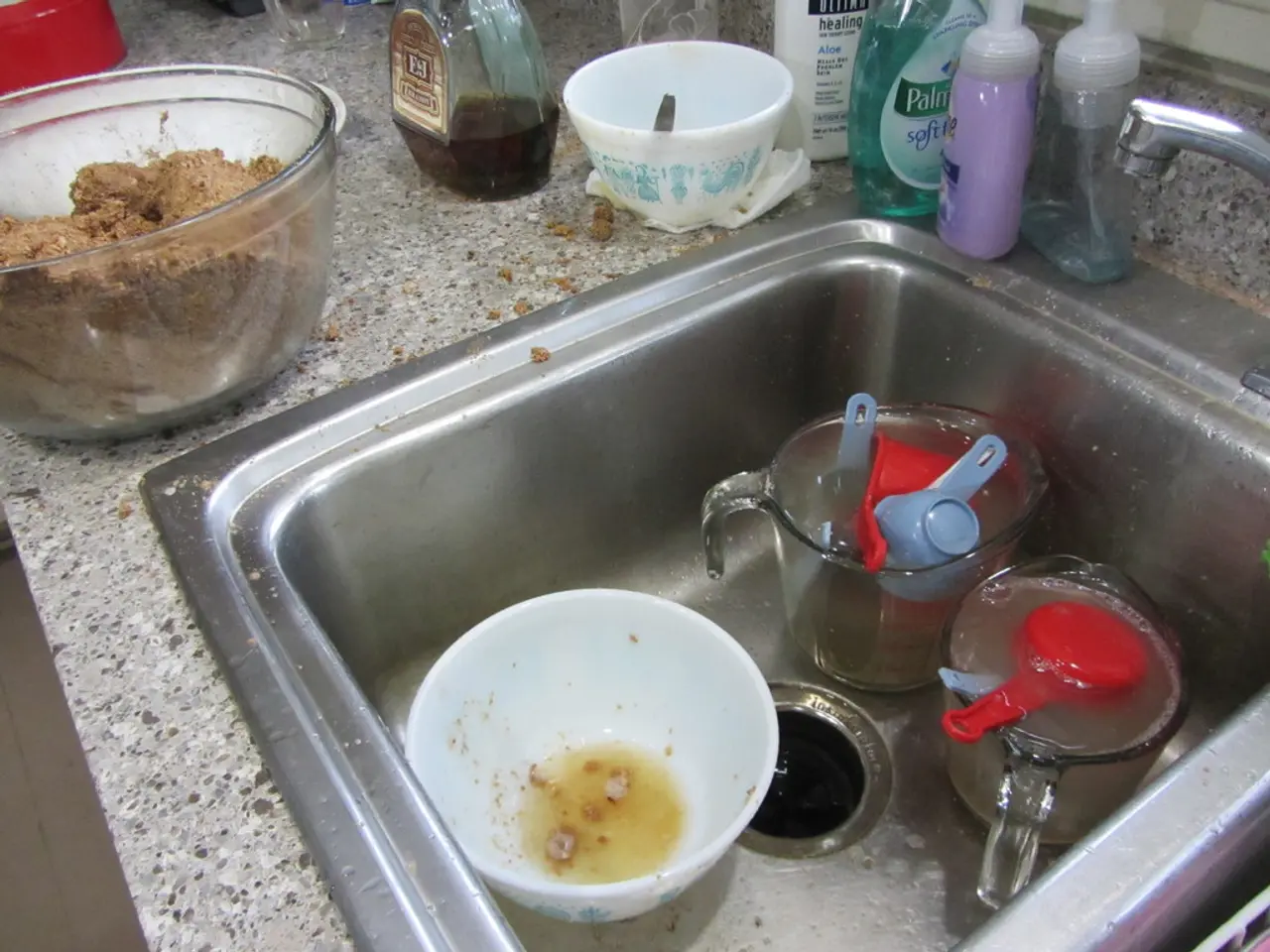Lentigo Maligna Melanoma: Images, signs, and prognosis detailing this skin cancer variant
Lentigo Maligna Melanoma (LMM) is a subtype of melanoma, a form of skin cancer, that commonly develops on sun-damaged skin, particularly on the head and neck of older adults. This slow-growing cancer is often identified by irregular pigmented lesions.
The primary cause of LMM is chronic exposure to ultraviolet (UV) radiation, leading to DNA damage in melanocytes. Over time, these damaged cells can progress to form LMM.
One of the most common signs of LMM is a slowly developing flat patch of tan or brown pigmentation. As it grows, the lesion may become darker, with irregular and broad angulated grey or light brown lines. It typically has an irregular border and colour variegation.
LMM often presents on chronically sun-exposed sites, especially the face and neck. Other risk factors include excessive lifetime sun exposure, fair skin, a history of actinic damage or solar lentigines, genetic predispositions to melanoma, and a history of multiple atypical moles or previous melanoma history.
A dermatologist can make a preliminary diagnosis based on a physical examination, looking for broad, irregular pigmented patches with atypical colour and borders. In some cases, a biopsy may be necessary to confirm the diagnosis and detect dermal invasion.
Surgical excision with appropriate margins is the standard treatment for LMM. In cosmetically sensitive areas like the face, Mohs micrographic surgery or staged excision techniques may be used. Early diagnosis and treatment are essential to prevent progression to more invasive melanoma and metastasis.
Regular dermatological follow-up and sun protection measures are crucial post-treatment. Practicing sun safety, such as avoiding prolonged sun exposure, wearing a hat and protective gear, and regularly applying sunblock with an SPF of 15 or higher, can help prevent LMM from occurring.
If you notice a new mole on your face, neck, or forearms, or if an existing mole changes in shape, colour, or size, it's important to see a doctor. With sufficiently early diagnosis and treatment, LMM is a curable form of skin cancer.
- Dermatology plays a crucial role in the early detection of Lentigo Maligna Melanoma (LMM), a skin cancer that originates from damaged melanocytes due to chronic UV radiation exposure, as a dermatologist can make a preliminary diagnosis based on irregular pigmented patches.
- Skincare routines that prioritize sun protection, such as avoiding prolonged sun exposure, wearing protective gear, and using sunblock with an SPF of 15 or higher, can help prevent the development of LMM and other forms of skin cancer.
- In the context of health and wellness, it's essential to recognize the signs of LMM, like slowly developing flat patches of tan or brown pigmentation with irregular borders and colour variegation, and seek medical attention if suspected, as early diagnosis and treatment can lead to a cure for this form of skin cancer.




